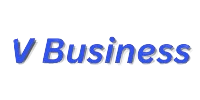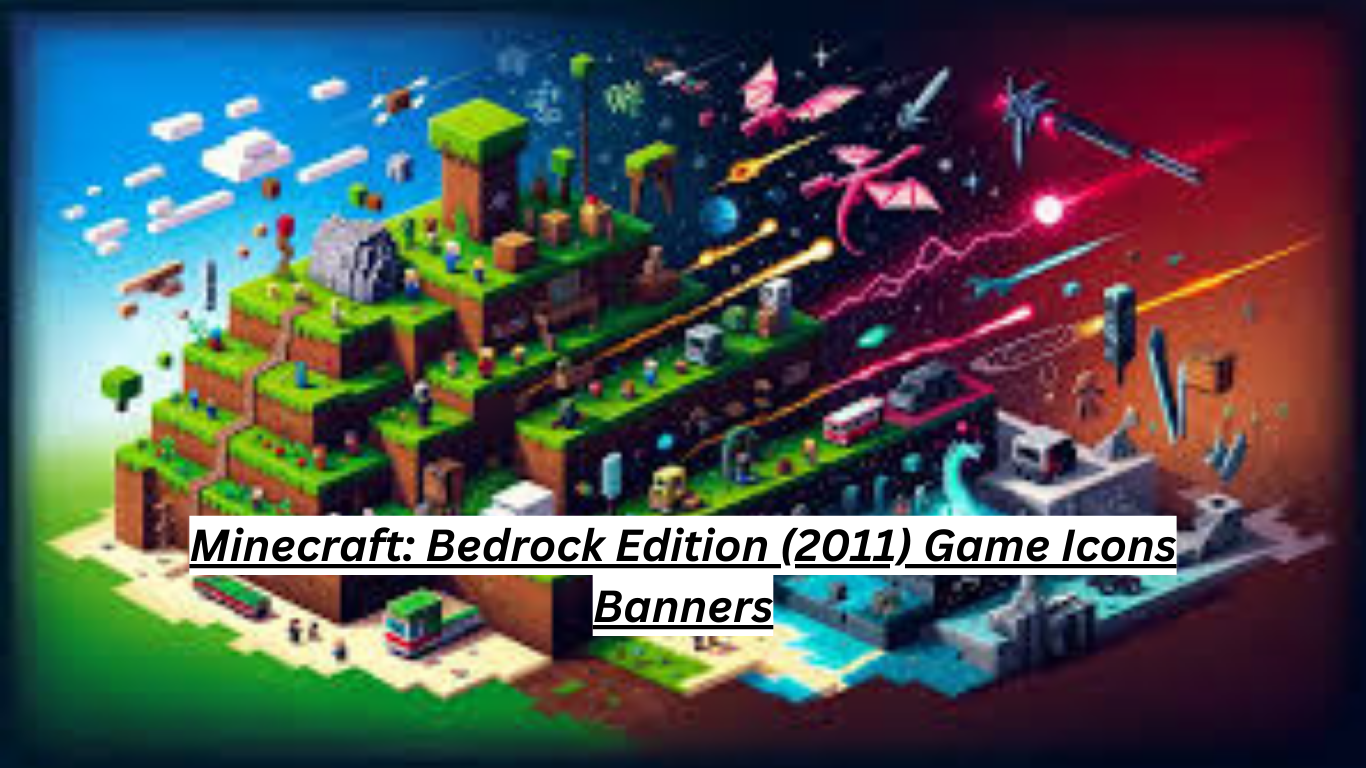The world is changing at an unprecedented pace, and keeping up with the latest trends can be daunting. Enter TBG95 Trends: What to Expect in the Coming Months. This insightful guide aims to illuminate what’s on the horizon across various sectors influencing our daily lives. Whether you’re a business owner, consumer, or simply someone curious about what’s next, understanding these trends will help you navigate shifting landscapes.
This blog post explores what lies ahead over the next six months, from technological advancements to shifts toward sustainability. So buckle up as we delve into transformative changes that promise excitement and opportunities for growth and adaptation!
Explanation of the TBG95 Methodology
The TBG95 methodology is a strategic framework to identify and analyze emerging trends across various sectors. This approach emphasizes data-driven insights, utilizing both quantitative and qualitative research methods.
At its core, the TBG95 methodology prioritizes flexibility and adaptability. It allows businesses to pivot quickly in response to new information or shifts in consumer behavior. The process involves rigorous market analysis, expert consultations, and trend forecasting.
The TBG95 method focuses on key indicators such as technological advancements, social movements, and economic patterns to provide a comprehensive view of the future. Companies can leverage these insights for informed decision-making.
This methodology empowers organizations to stay relevant in an ever-evolving landscape. It encourages proactive strategies rather than reactive measures, fostering innovation at all operational levels.
Top Trends Expected in the Next 6 Months:
As we look ahead, several key trends are set to shape various industries. Technology and innovation will continue to advance rapidly. Expect breakthroughs in artificial intelligence, automation, and smart devices that transform everyday life.
Sustainability is becoming a non-negotiable for brands and consumers alike. Eco-friendly practices are not just a trend; they’re essential for long-term survival in today’s market.
Health and wellness remain at the forefront of consumer priorities. Products promoting mental well-being, fitness solutions, and holistic approaches are gaining traction as people seek balance.
The rise of remote work presents unique opportunities. Digital nomadism redefines traditional office spaces as more individuals embrace flexibility while traveling or working from home. These shifts create new organizational dynamics that must adapt swiftly to changing workforce expectations.
- Technology and Innovation
Technology is evolving at a breathtaking pace. Innovations that once seemed like science fiction are now part of our daily lives. From artificial intelligence to blockchain, the landscape is shifting dramatically.
Businesses will turn to automation as a solution for efficiency and productivity. Machine learning algorithms are optimizing processes in ways we never imagined. This trend isn’t just about speed; it’s also about enhancing accuracy.
The rise of smart devices continues to change how consumers interact with brands. Expect more personalized experiences driven by data analytics and user behavior insights.
Virtual and augmented reality are also gaining traction, especially in the retail and gaming sectors. These immersive technologies offer new ways for customers to engage with products before purchasing.
As tech advances, staying ahead means investing in innovation today. Companies that embrace these changes will find themselves on the cutting edge of their industries, ready for whatever comes next.
- Sustainability and Eco-Friendly Practices
Sustainability is no longer just a buzzword but a core principle for businesses and consumers. As environmental concerns rise, people seek brands that prioritize eco-friendly practices.
Companies are exploring innovative ways to reduce their carbon footprint from packaging to production methods. This shift not only appeals to the environmentally conscious but also helps in building brand loyalty.
Recycling initiatives and sustainable sourcing are gaining traction. Many organizations now commit to using renewable energy sources or minimizing waste through circular economy models. These changes speak volumes about a brand’s values.
Moreover, consumers today expect transparency in sustainability efforts. They want to know how products impact the planet from creation to disposal. Brands that make these details accessible foster trust with their audience.
This trend will continue shaping purchasing decisions across various industries as we look ahead. Being eco-conscious isn’t just an option—it’s quickly becoming essential for future success.
- Health and Wellness
Health and wellness are taking center stage as we move forward. With the pandemic still influencing our lives, people focus more on holistic health approaches. This shift emphasizes mental well-being alongside physical fitness.
Nutrition plays a crucial role in this trend. Consumers increasingly seek organic, locally sourced foods that promote better health outcomes. Plant-based diets continue to gain traction, reflecting a desire for cleaner eating habits.
Mindfulness practices are also becoming mainstream. Techniques like meditation and yoga support stress reduction and emotional resilience. Apps that guide users through these practices have surged in popularity.
Fitness routines are evolving, too, with many embracing outdoor activities or hybrid models of working out at home versus gym sessions. This evolution caters to varied lifestyles while promoting an active life.
The focus on community connection is stronger than ever, fostering groups centered around shared wellness goals and collaborative fitness challenges.
- Remote Work and Digital Nomadism
Remote work and digital nomadism are reshaping the workplace landscape. With technological advances, more people can operate from anywhere on the globe.
This shift allows individuals to blend travel with their careers. Imagine sipping coffee in a Paris café while attending virtual meetings or exploring Bali’s beaches after finishing a project.
Companies are starting to embrace this flexibility. They recognize that remote workers often show increased productivity and job satisfaction, and the boundaries between home life and office space have blurred entirely.
However, challenges remain. Time zone differences can complicate collaboration, leading to potential miscommunications among worldwide teams.
The rise of co-working spaces is also an exciting development within this trend. These hubs foster community while offering essential resources for remote professionals seeking connection during their travels.
How Businesses Can Adapt to These Trends
Businesses need to stay agile to adapt effectively to the emerging TBG95 trends. Embracing technology is a crucial first step. Implementing automation tools can streamline processes and improve efficiency, making responding swiftly to market demands easier.
Next, companies should prioritize sustainability initiatives. Simple changes like reducing waste or sourcing eco-friendly materials resonate well with consumers today. These practices not only attract environmentally-conscious customers but also enhance brand loyalty.
Investing in employee wellness programs is another smart move. A healthy work environment boosts morale and productivity, directly impacting overall performance.
Adopting flexible work policies caters to the rise of remote work and digital nomadism. Offering hybrid options can help retain talent while attracting new employees eager for flexibility in their professional lives. Adapting requires creativity and commitment but reaps significant rewards in an evolving marketplace.
Consumer Outlook and Spending Habits
As we navigate the evolving landscape of TBG95 trends, the consumer outlook is shifting dramatically. People are becoming more discerning with their purchases.
With rising costs and economic uncertainties, many consumers prioritize value over brand loyalty. They seek quality products that deliver on promises without breaking the bank.
Sustainability also plays a crucial role in spending habits. Shoppers increasingly prefer brands that align with eco-friendly practices. This trend isn’t just about making ethical choices; it’s become a core expectation for many.
In addition, convenience is king. Online shopping continues to dominate as consumers look for seamless experiences from browsing to purchasing.
Customer feedback heavily influences buying decisions now more than ever. Reviews and social proof can sway even the most loyal customers toward new brands or alternatives.
As these perspectives emerge, businesses must stay attuned to this dynamic environment and adapt accordingly.
Potential Challenges for Companies in Implementing These Trends
Implementing TBG95 trends comes with its own set of challenges. Companies often need help to align their existing structures with new methodologies. This misalignment can lead to confusion and stalled progress.
Financial constraints play a significant role as well. Investing in technology or sustainable practices requires upfront costs for which not all businesses are prepared. Risk-averse companies may hesitate, fearing the impact on their bottom line.
Employee resistance can also hinder adaptation efforts. Change is difficult, mainly when teams are accustomed to established routines. Leaders need to communicate effectively and foster buy-in among staff.
Moreover, keeping pace with rapid advancements poses another challenge. Staying ahead of competitors demands constant innovation, which can strain resources and focus.
Regulatory hurdles may complicate integrating eco-friendly practices or remote work policies, further impacting implementation efforts across various sectors.
Conclusion:
The landscape of TBG95 trends is shifting rapidly, presenting opportunities and challenges for businesses. By keeping an eye on technology advancements, sustainability efforts, health initiatives, and the evolving nature of work, companies can position themselves to meet consumer expectations and thrive in a competitive marketplace.
Understanding these upcoming trends allows businesses to adapt their strategies effectively. Those who embrace innovation and prioritize eco-friendly practices will likely resonate more with today’s conscious consumers. Additionally, recognizing the importance of health and wellness can engage customers looking for products that enhance their quality of life.
However, potential hurdles exist as well. Implementing new technologies or sustainable methods may require initial investment and strategic planning. The challenge lies in balancing short-term costs against long-term benefits.
Adjustments in consumer behavior further complicate matters; understanding spending habits post-pandemic is essential for accurately targeting marketing efforts. As we navigate these months ahead, staying informed about TBG95 trends will be crucial for any business aiming to succeed amid constant change.
Proactive rather than reactive could make all the difference as we move forward into this dynamic future filled with possibilities.




